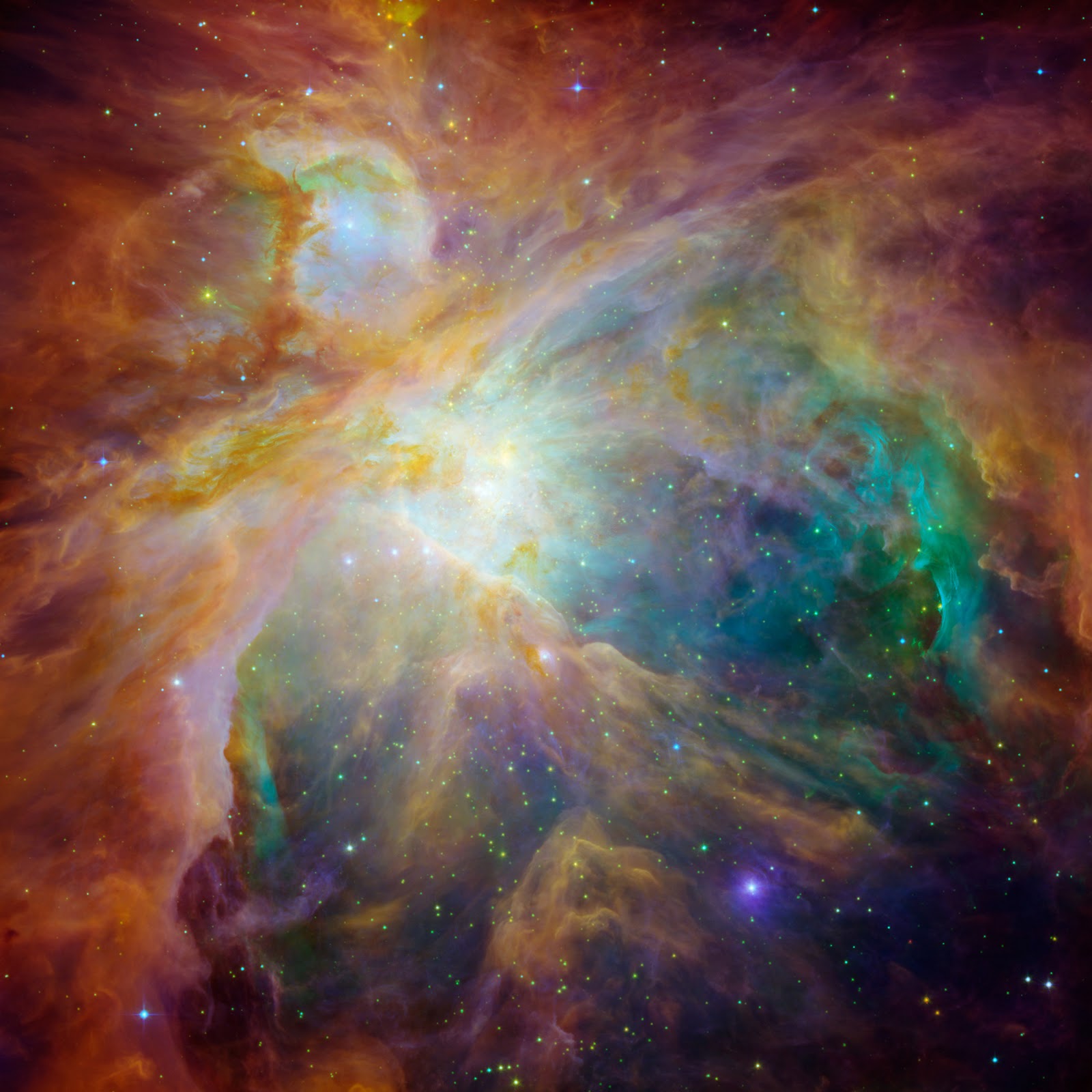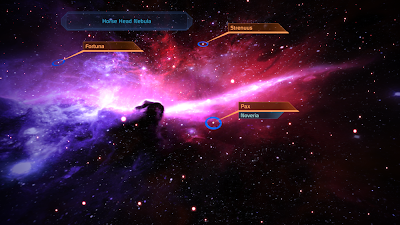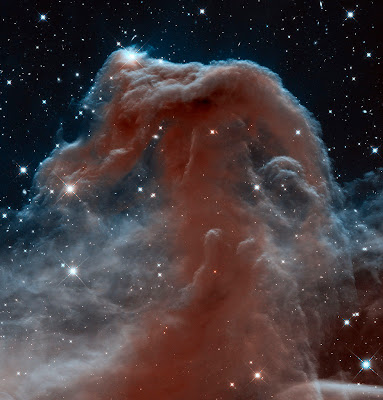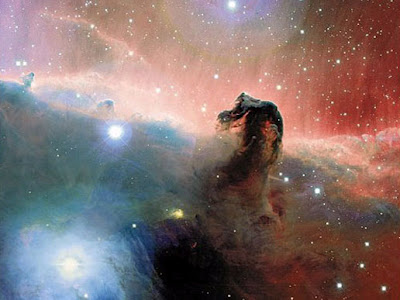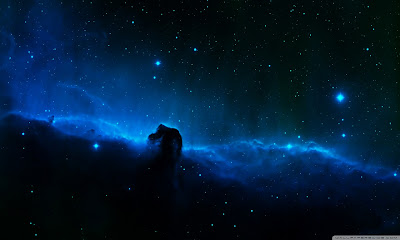- Hardcover: 360 pages
- Publisher: DK Publishing (October 4, 2010)
- Language: English
Space – From Earth to the Edge of the Universe by editors Carole Stott, Robert Dinwiddie, David Hughes and Giles Sparrow; Dorling Kindersley(DK) Publishing; New York, New York; $40.00 (hard cover); 2010.
Space is big…but so is this large format book. This is a captivating and nicely packaged volume that includes a wealth of space exploration and astronomical imagery.
The editors and senior art editors and designers clearly worked together here to pull together a picture-perfect look at the origins of human space exploits, current status, and the unknown unknowns awaiting discovery and investigation within the Universe at large.
Just the table of contents gives you an eyeful that will set you page turning. From launch pad Earth and our neighboring worlds to beyond the asteroid belt into a galaxy of stars and a universe of galaxies to the outer limits.
One thing that truly stands out in this book is not only how much exploration has been started, but also how much is ahead of us.
Right up front, the reader will find a quote from Stephen Hawking, world renowned cosmologist: “I don’t think the human race will survive the next thousand years, unless we spread into space.”
This volume will help you book your travel plans, be it to the Moon or Mars – or to help satisfy your hunger for deep space travel.
This over 350-page book comes complete with a very generous reference section and glossary.
But the real eye-catching value of this work is the layout and explanatory graphics and text. It’s laden with descriptive artwork that provides expert and novice alike a new appreciation for the complexities of astronomical surveys and human and robotic space exploration.










